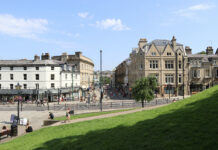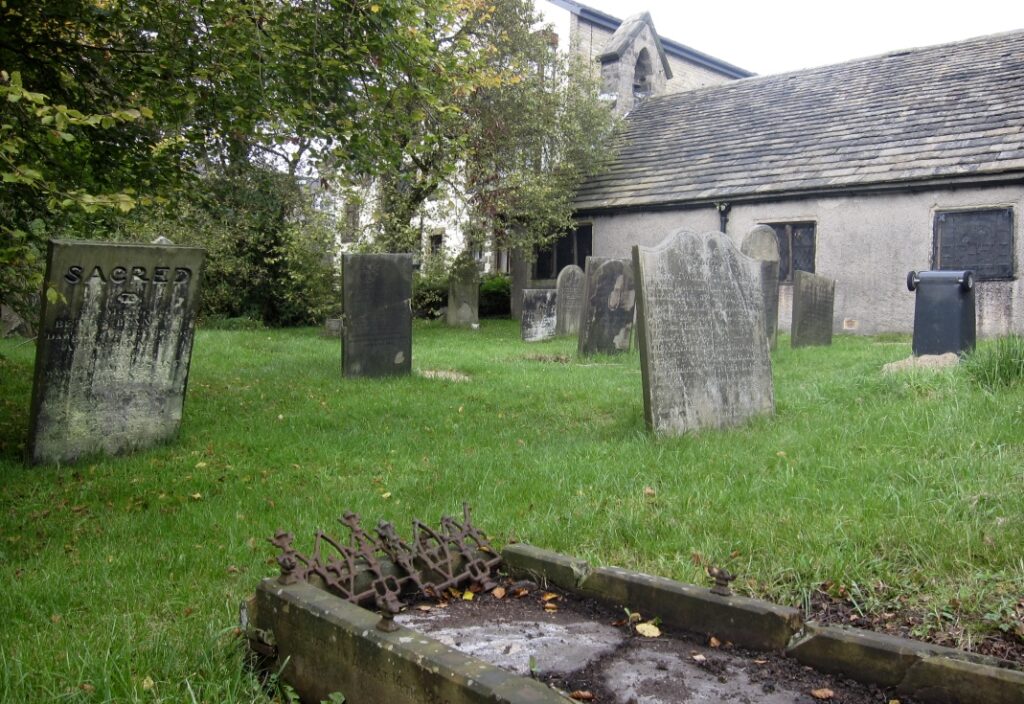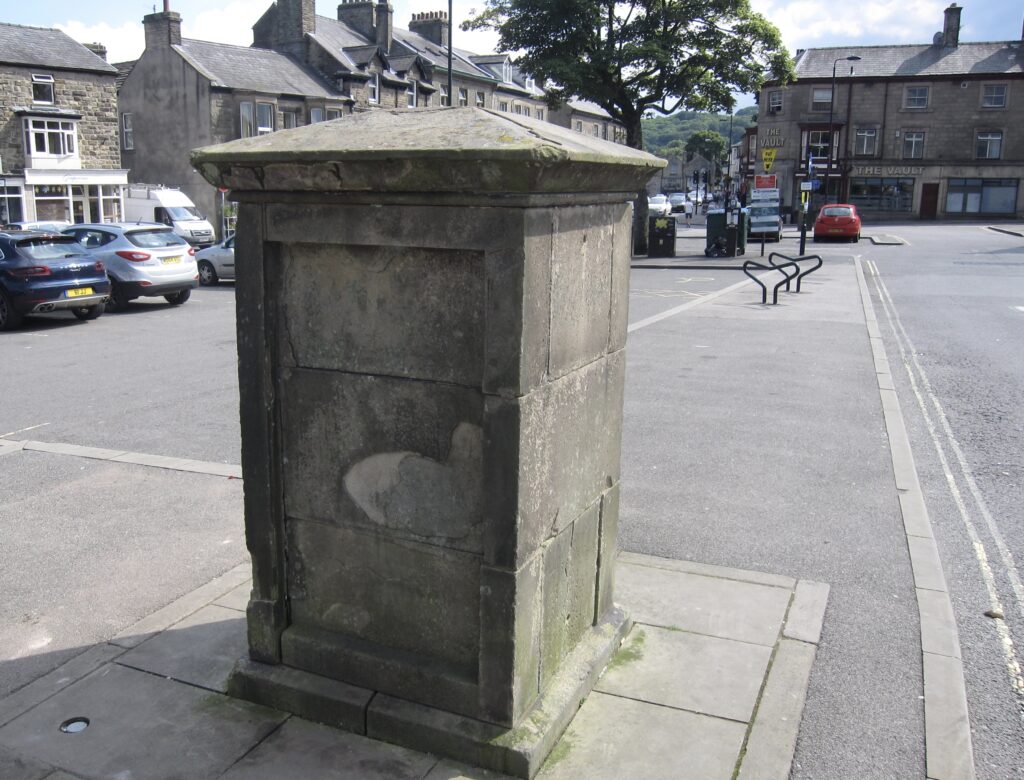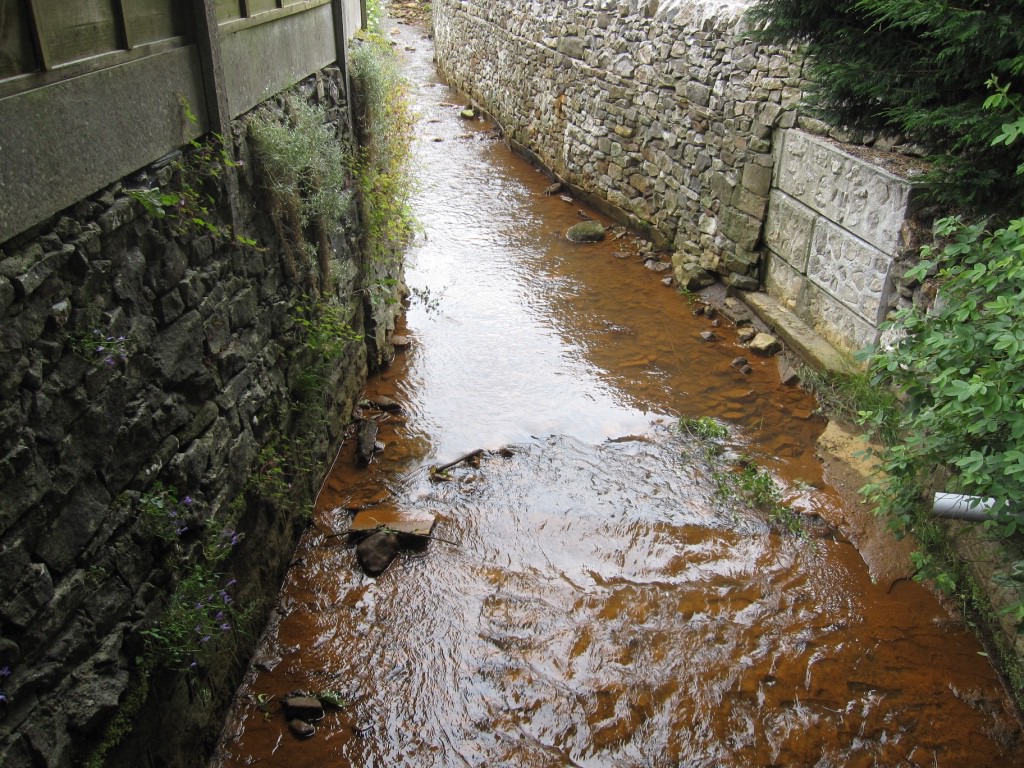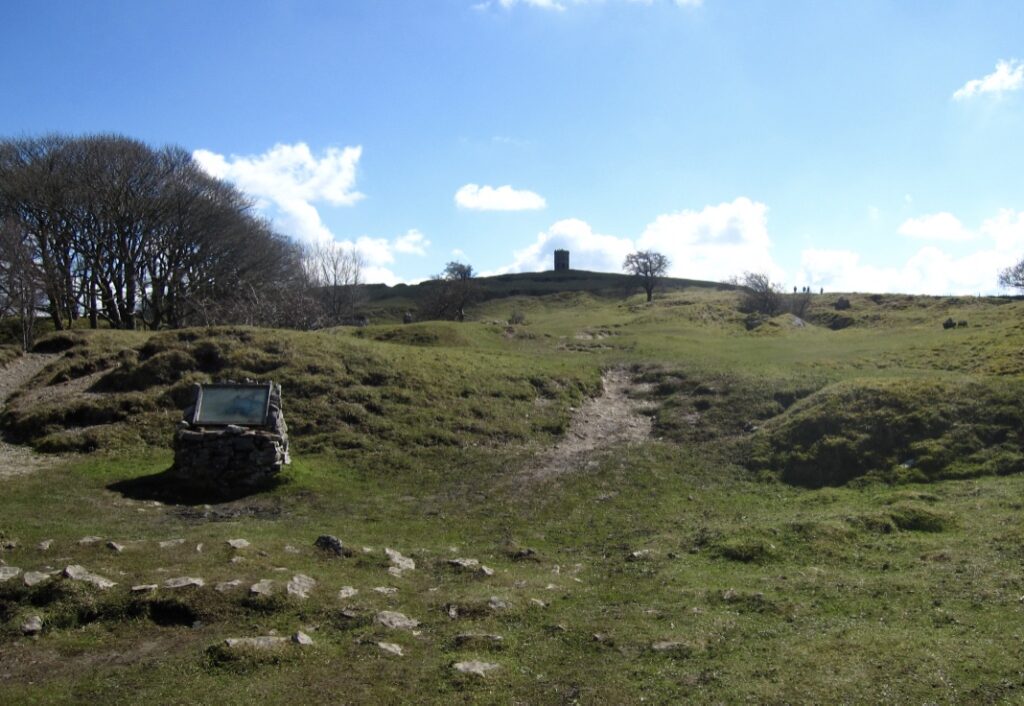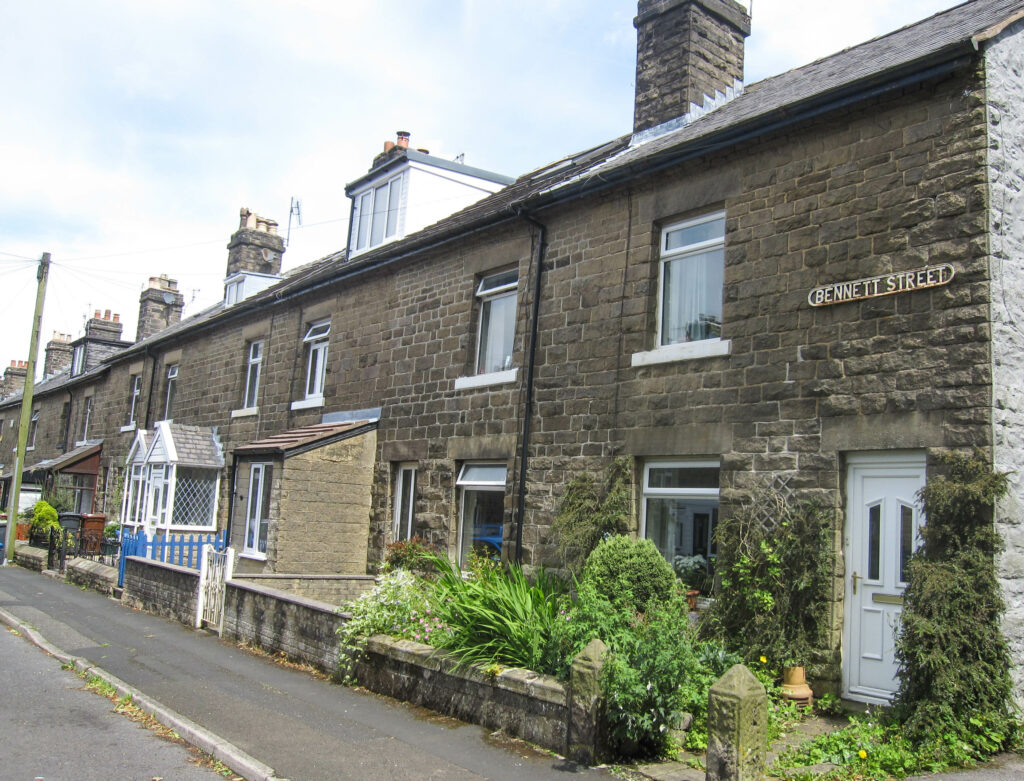The town of Buxton is famous for a few things; its mineral-rich water, its spectacular architecture, Opera House and associated arts festivals, the notoriously unpredictable micro-climate. There are also some lesser-known Buxton facts, some of which rather obscure:
How many DO you know?!
1. Buxton’s Edwardian Opera House of 1903 is in fact the town’s 4th known theatre. The first was opened in 1784 on the corner of Spring Gardens and Hardwick Street. The present day “Mountain Warehouse” store stands on the site of the Shakespeare Hotel, which was presumably so named due its proximity to the theatre. The garage adjacent to this building is today known as “Shakespeare Garage”. It was of course also the much loved Woolworths store, which many of us were sad to see close in 2009.
2. The actor, John Kane (1741-99) was a member of the Buxton theatre company and accidentally poisoned himself to death having mistakenly gathered hemlock for his beef supper, believing it to be horseradish. His grave can be seen today in St Anne’s churchyard at the top of Bath road.
3. Until 1840 the main water supply to the residents of Higher Buxton was a pond at the bottom of London Road known as the “Dog Leach” pond. To improve the quality of supply the Duke of Devonshire funded the construction of a reservoir on Manchester Road which was pumped to a fountain on the Market Place. The stone fountain (minus it’s collecting bowl) is still in its original position today outside Sainsbury’s store and is awaiting restoration.
4. Buxton is the centre of England. The nearby stone circle of Arbor Low is believed by some to be the exact centre of the country. Although this is probably inaccurate, if you look at Buxton on a map of Great Britain, it certainly looks like it could be.
5. Harpur Hill in Buxton is home to the Health and Safety Laboratory with a staff of over 350 boffins that investigate serious accidents nationwide. It is a spacious premises with an underground train!
6. During the 19th century wealthy visitors to the town hired bath chairs and were transported around the town and elsewhere in relative comfort. The chairs were pulled by a single bathchairman who would need to be fit and healthy as it was far from unusual for him to haul his charge to the Goyt Valley and the Cat & Fiddle public house. The business of the bathchairmen had completely ended by around the start of the Second World War.
7. After periods of heavy rain the river flowing through the town often turns a striking orange colour. This is caused when the river level raises and flows through iron bearing strata from the remains of coal mining workings in Burbage.
8. Perhaps of more significance is Canadian scientist Frederick Banting who stayed in a Buxton hospital after sustaining injuries in World War One and went on to invent insulin as a treatment for diabetes and subsequently won a Nobel Prize. Whether or not he was influenced by the place is a matter of conjecture.
9. At the end of Water Street is a rare Penfold-style post-box. Despite dating back to 1866 and being a grade 2-listed monument, the box is still in use.
10. 18th and 19th century limeburning took place on Grin Low to the south of the town and its uneven terrain is due to the remains of many lime kilns. The lime burners and their families were generally poor and made their dwellings by burrowing into the waste heaps left over from the kilns. Although very basic the inhabitants of these “limehouses” made their dugouts as comfortable as possible, fitting doors, windows and chimneys. The remains of one such structure is still visible in Burbage today.
11. Buxton Football Club is the highest football ground above sea level in England, at nearly 1,000 ft.
12. The district of Fairfield in Buxton was once a separate village. Some old die-hards maintain that it still is. Admittedly, Fairfield does retain its own unique character. The highest point is the ancient burial mound of Fairfield Low where prehistoric human remains were found.
13. Dale Side, with its back to back terraced houses was originally named “The Pies” due the bakery which once existed at the top end of the road.
14. It has been suggested by some residents that the Town Hall should become an indoor market given the dreadful weather conditions often encountered by outdoor market traders on the present day Market Place. Many will be unaware that the town once had just such a market hall on this site which was burnt down in 1885 and replaced in 1889 by the current building.
15. For a small quiet town, Buxton has its fair share of celebrities; war writer Vera Britain, Goodies funnyman Tim Brooke-Taylor, actress Elizabeth Spriggs and disc jockey Dave Lee Travis. More contemporary luminaries include Coronation Street star Bruno Langley and songstress Lucy Spraggan. Apparently, Vera hated the place.
16. Bennet street is so called because it was laid out on land belonging to the local physician, Dr Robert Ottiwell Gifford Bennet. Until recently the sign at the bottom of the road was spelt correctly and the top one mis-spelt with two “t”s. After recent re-signing it has now been successfully mis-spelt at both ends.
17. Buxton was a hip place to be in the 1960/70s. The Beatles famously played at the Pavilion Gardens, but there were several festivals too with acts such as Rod Stewart, Fleetwood Mac and Mungo Jerry appearing.
18. Macclesfield band The Macc Lads sang about the town with a notorious little ditty called No Sheep Till Buxton and you can check it out on YouTube here.
19. There was once an amusement arcade where the current bandstand is in Pavilion Gardens. The oriental looking building was designed by William Radford Bryden and opened in June 1899 and used a refreshment kiosk. It was later used as a bandstand and the orchestra played during afternoons in the 1930s. Built almost entirely of wood and glass, the building was left to deteriorate was used in the 1960s as an amusement arcade. It was later demolished due to its unsafe condition in the 1970s.
If you enjoyed reading this article and are interested in the history of Buxton, check out our fascinating three part series – A History of Buxton in Museum Objects
Did You Enjoy This?
You might like our regular newsletter. We put all the best events, cultural highlights and offers from Buxton and the Peak District in your inbox every month.
This information will only be used to send you this newsletter. It is stored in Mailchimp.




